I have received many questions about yeast nutrient since I wrote a post about it and I didn’t have a solid way of backing up my belief that it helps produce better cider. So, I decided to run an experiment, one that can be replicated by other home cider makers.
The idea was to track the fermentations of two ciders that has different amounts of nutrient to see if there would be much of a difference.
I didn’t want to get too fancy or scientific but I needed something more accurate than just taking specific gravity readings every day or reporting on my taste.
So, I searched for a tech solution.
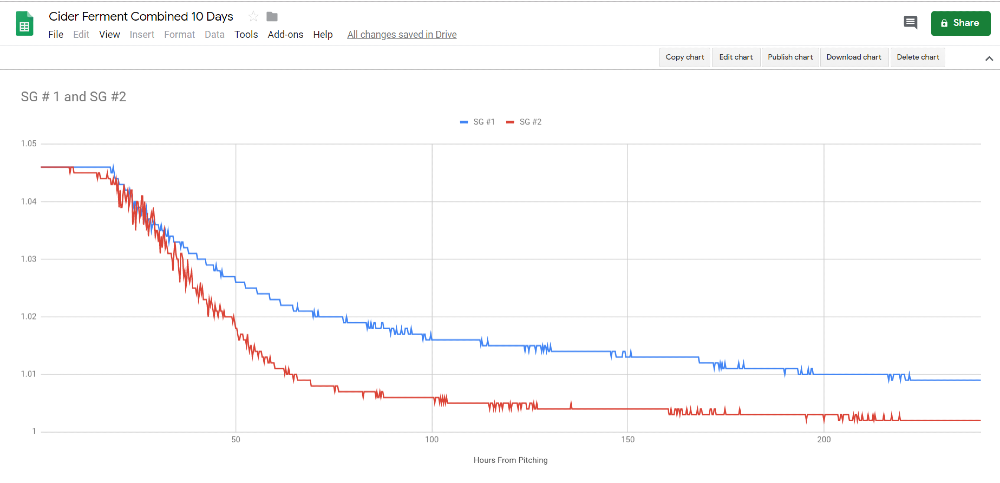
This lead me to the Tilt Hydrometer, which is a digital hydrometer that tracks specific gravity and temperature of active fermentations and logs them live to Google Sheets. It’s a pretty cool toy that has become as addictive as checking Reddit.
I will note, I did not receive any compensation from Tilt for using their cool tool. As an avid maker, I dreamt of building a device like this and after some googling, it seemed very complicated and it would be at least a year before I could write this post…
Back to the experiment.
Ingredients Used:
Both tests used the same store bought apple juice because I wanted them to be consistent and for each experiment and to be replicated in the future.
Both fermentations also received one package of Nottingham Ale Yeast pitched dry directly into the fermenter.
For the nutrients, I used LD Carlson Yeast Energizer and LD Carlson Yeast Nutrient.
The yeast energizer is a blend of diammonium phosphate (DAP), magnesium sulfate, yeast hulls and vitamin B complex. The package suggests using ½ tsp per gallon of must.
The yeast nutrient is a blend of diammonium phosphate (DAP) and food grade urea. The package suggests 1 tsp per gallon of must.
Both fermentations where placed in my basement with a fairly consistent temperature.
The Recording Device:
The Tilt Hydrometer (can be found on Amazon Here) goes directly into the fermenter and floats, or tilts, in the cider. It was setup to log a reading every 15 minutes of specific gravity, temperature and time that was sent to my Kindle Fire via Bluetooth.
Using the Tilt App on the Kindle, the data was sent to a Google Sheet that comes preformatted from Tilt. Sounds complicated but it was simple to set up and a lot of fun to watch.
Yeast Nutrient and Energizer Tests:
For these experiments, I wanted to start with a small amount of additions and work my way up over several ferments. I have only completed two so far, but more will come in the future.
For the first experiment, Ferment #1, I added ¼ tsp of yeast energizer per gallon of cider must which is about half of the suggested dose per the manufacturer’s instructions.
- 5 Gallons of Apple Juice
- 1 Package of Nottingham Yeast
- 1 and ¼ tsp Yeast Energizer
For the second batch, Ferment #2, I added the same amount of yeast energizer, but also added one ¼ tsp of yeast nutrient per gallon of cider must. This is only ¼ the recommended addition according to the manufacturer but still provides a significant amount of additional DAP in comparison to energizer only.
- 5 Gallons of Apple Juice
- 1 Package of Nottingham Yeast
- 1 and ¼ tsp Yeast Energizer
- 1 and ¼ tsp Yeast Nutrient
In hindsight, I should have started without any nutrient at all, but I’m far from a scientist… I’ll try that one next.
The Data Results:
I must say, this was fun to watch. I checked the log on Google Sheets way too many times per day for both ferments..
I started both ciders at night and I woke up each morning and pulled up my app to see what, if anything had happened overnight. This continued for days…
Ferment #1 took almost twice as long to begin fermentation after pitching and almost three times as long to complete fermentation as Ferment #2!
Looking at the data shows:
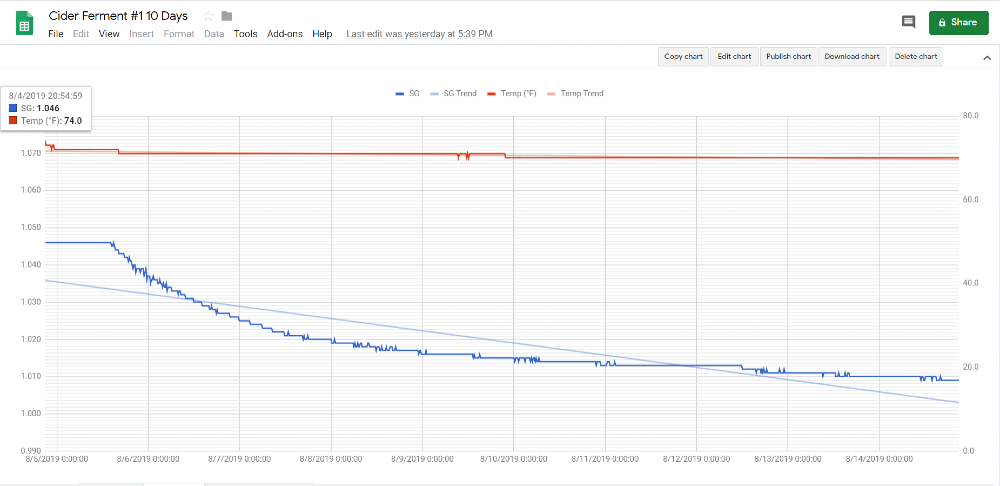
Ferment #1
- Fermentation began about 16 hours after pitching yeast
- 56.5 Hours to reach 1.023
- From first point drop to 1.023: 40.5 hours
- From 1.046 to 1.001: 31.4 days
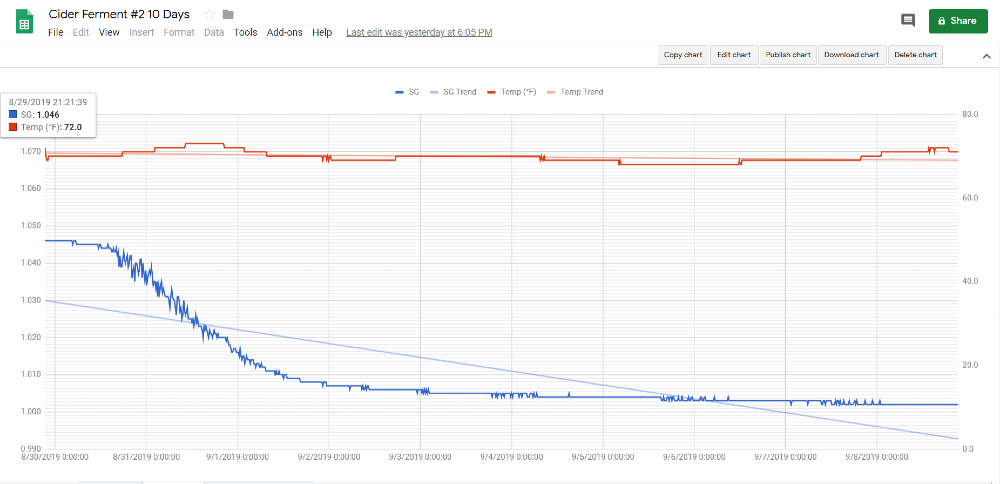
Ferment #2
- Fermentation began about 8 hours after pitching yeast
- 39.5 Hours to reach 1.023
- From first point drop to 1.023: 31.5 hours
- From 1.046 to 1.001: 10.6 Days
Looking at the comparison chart, both ferments started very similarly but Ferment #2 had a lot more bouncing. I would guess this is due to VERY aggressive fermentation where the CO2 bubbles pushed on the Tilt which caused the readings to go up and down.
The interesting part is where they separate.
I’m sure there are far more scientific explanations but I believe the additional DAP improved and prolonged yeast health and growth which allowed the yeast to continue metabolizing sugar for longer before slowing.
The Taste Results:
I always say a quality fermentation is more important than a timeline. Text and comments by other cider makers suggest that slow ferments produce a cleaner, better tasting alcohol but this generally refers to lower temperatures.
So how do nutrients effect flavor of cider?
It would seem that a slower 30 day cider should taste better than the quick 11 day ferment from #2.
While both ciders were young, I found that #2 was slightly, just slightly, better. The aroma and mouthfeel were seemingly identical but the alcohol came through just a touch more in Ferment #1.
About two months after Ferment #1 was racked, and about a month after Ferment #2 completed completed fermentation, I did another taste test.
The result, both of them taste nearly identical and given a blind taste test, I could probably not tell the difference.
Overall thoughts:
While skipping nutrients may not hurt, I think having some will benefit the health and provide cleaner alcohol.
Of course, these two experiments do not solve the nutrient debate, but it sure was fun!
I will definitely have to update this post with the data from a ferment without any additional nutrients and one with an overdose to see exactly what happens!
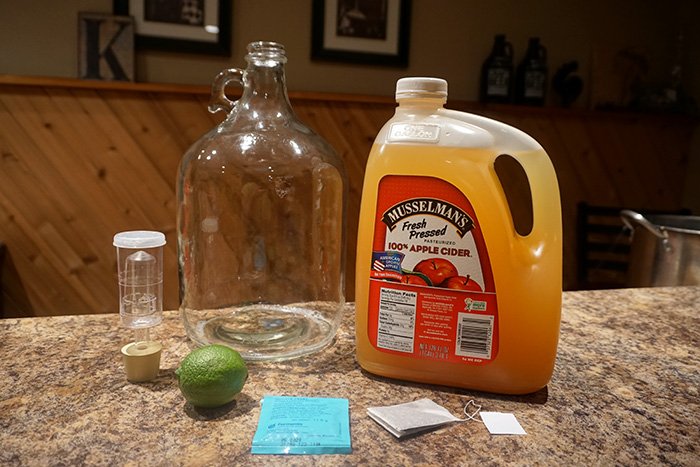
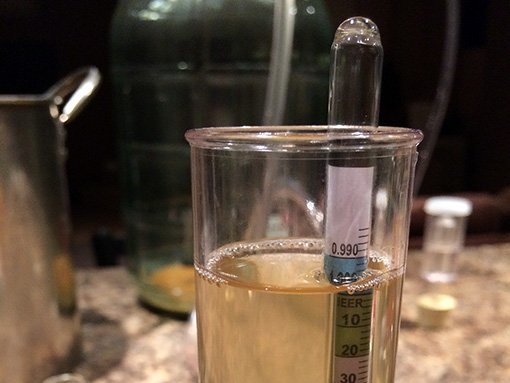
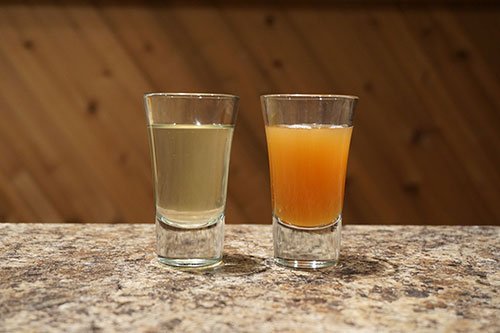
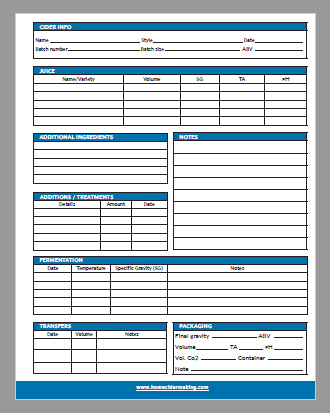
I am new to cider making, so I have to ask: What is significant about the 1.023 data point? That would be half of 1.046, but at 40.5 to 30.5 hours, still a long TIME from dryness at 1.001. Also, it is surprising to me that adding just 1/4 of the recommended amount of energizer had such a great impact on the time to begin fermentation and total time. I am curious to see what your results will be without any nutrients. I just pitched my first yeast–without any nutrients or sulfites–into must made from grinding and pressing the organic apples in my yard. I used White Labs WLP775 English Cider liquid yeast, and directions say it can be added without a starter if SG is below 1.050 (mine was 1.040), and optimum temp for wild yeasts 65 to 69F. Question: My temp is average 68F, and airlock began bubbling next day, but bubbling has remained what seems very slow to [inexperienced] me, about one bubble every 5 to 15 seconds. That tilt hydrometer would sure be a big help for seeing what is happening to my must! Do you think I need to add the yeast nutrients I bought with the yeast and attempt to get more bubbling action? Or should I just wait for the bubbling to stop and check my SG for dryness, hoping to reach 1.001? My wife has made Kombucha and sourdough bread with only “wild yeast,” and, as she and I both feel better drinking cider made without sulfites, she convinced me to go for it without the use of sulfites or starter/nutrient additives. The yeast nutrient I have is White Labs WLN1000, which lists DAP, along with the minerals and vitamins, and my wife is against using the nutrient because of the DAP. (She has problems with gluten as well, and so the malt extract in the yeast “starter” was definitely out of the question for her.) Pray for me and my must, and let me know if my thoughts to wait-and-see how the bubbling progresses seem viable, or if I need to take action by adding some nutrients immediately? Cheers!
Hi Roger,
The 1.023 was just a halfway point that I decided to use, no real significance to the overall fermentation. I will definitely have to do a no nutrient cider soon!
At this point, I would not add any nutrients to the cider because you risk adding more than the yeast can consume. Generally, you do not want to add them past the 1/3 sugar break, or after 1/3 of the sugar is consumed, to make sure all of the nutrients are utilized by the end of fermentation.
This is something I learned from mead makers, and while the smaller amounts used in cider probably wouldn’t have a negative effect, its a rule I stick by. That being said, sometimes people will add nutrients to restart a stuck fermentation but I haven’t had that issue.
The best way to check on fermentation is to take a hydrometer reading but it sounds like it will be fine.
How big is the batch? What type of vessel are you fermenting in? Many times a small leak can make for confusing activity in an airlock, or no activity at all.
Good luck!
Cheers
Hey, yes, it seems the fermentation yeast is doing its magic. There is a definite yeasty aroma coming from each airlock and the bubbling is consistent, once about every five to ten seconds. I am using food grade 5-gallon buckets with snap-on type lids, but not sure if they match and seal perfectly (buckets made by different manufacturers). So that seal is likely one factor. Also, each of the three 5-gallon buckets contains just three gallons of must, so I am guessing the large amount of airspace may also be a factor (?) With the help of your advice, I am relieved to know I can just wait and watch the airlocks, and not have to add any nutrients (which my wife would not like). Hopefully the bubbling will continue until at least next Thursday when my hydrometers are scheduled to be delivered. (I measured the must before starting fermentation with a refractometer showing Brix 9.6, or 1.0384 SG.) By the way, I would like to be a part of your Facebook group, but my wife and I are foil-hatters and do not do Facebook. Any other blogs or forums you recommend? Thanks a lot, and Cheers!
I have had lid sealing issues in the past where I didn’t see any activity in the airlock. I typically add some weight to the lid and it does the trick. Just be careful when removing the weight, the water in the airlock will be sucked back into the bucket if you’re not careful.
If you use Reddit, there is a group named r/cider. It’s a great resource and community!